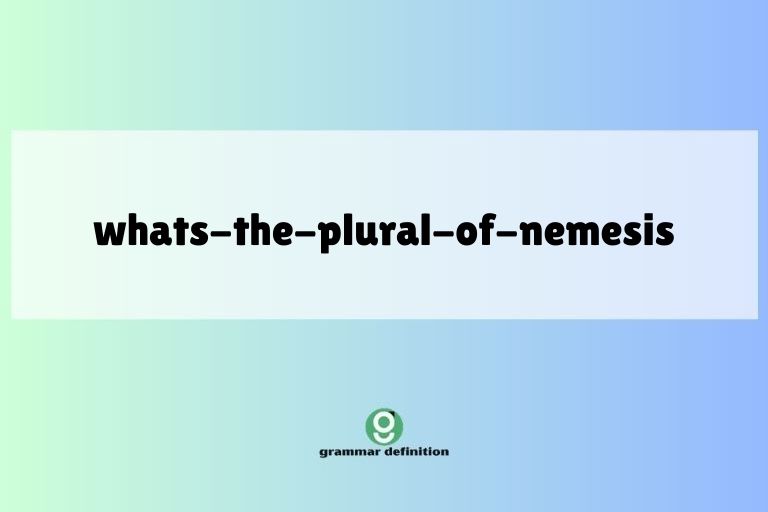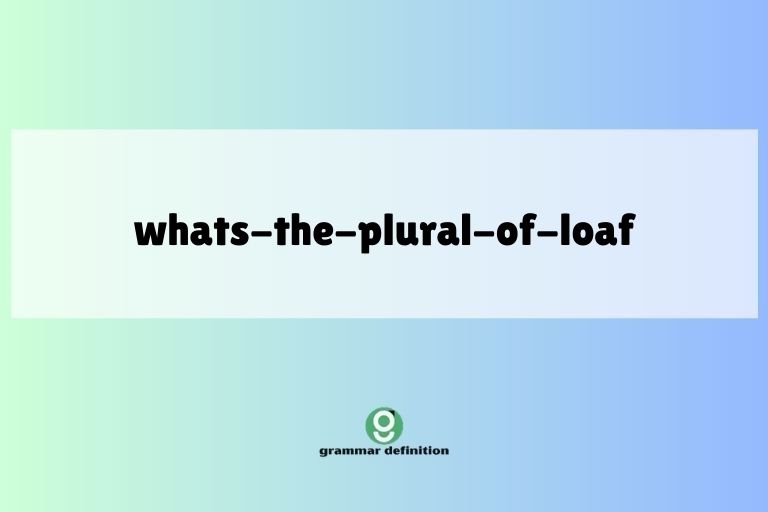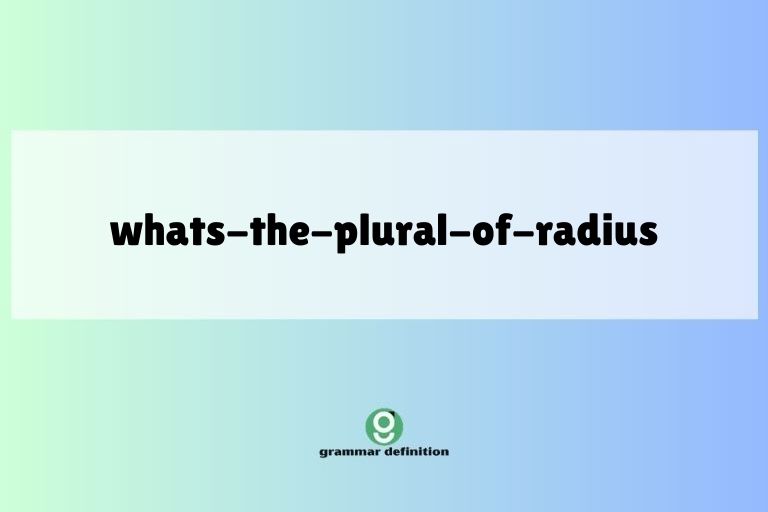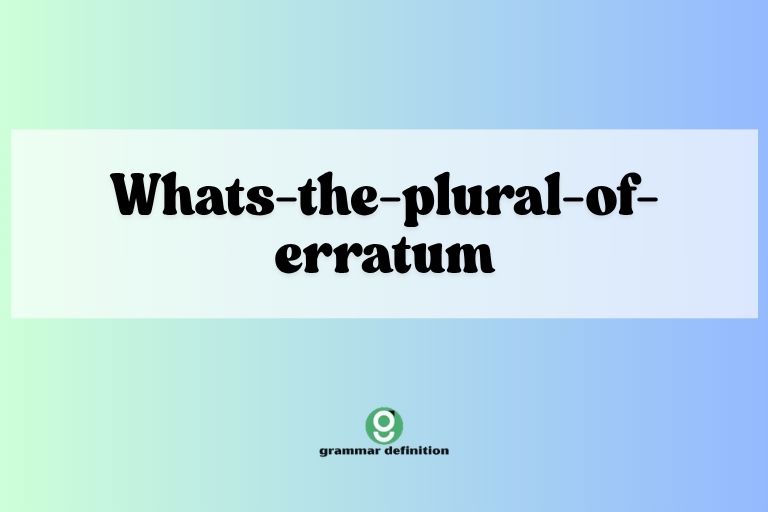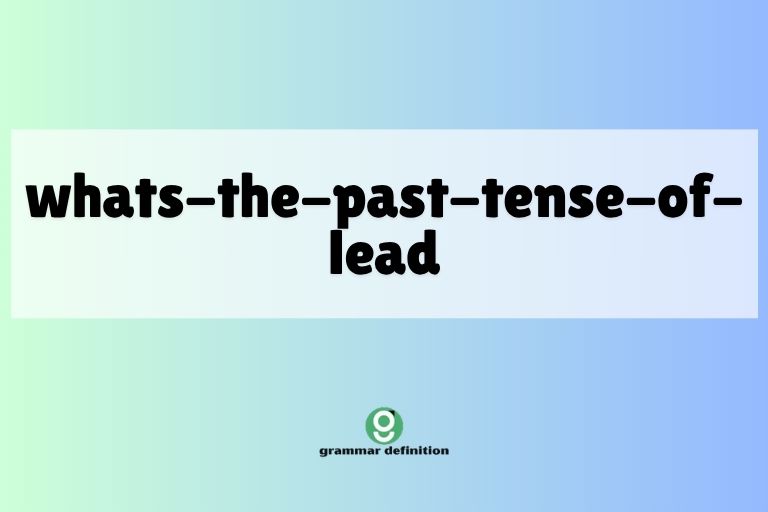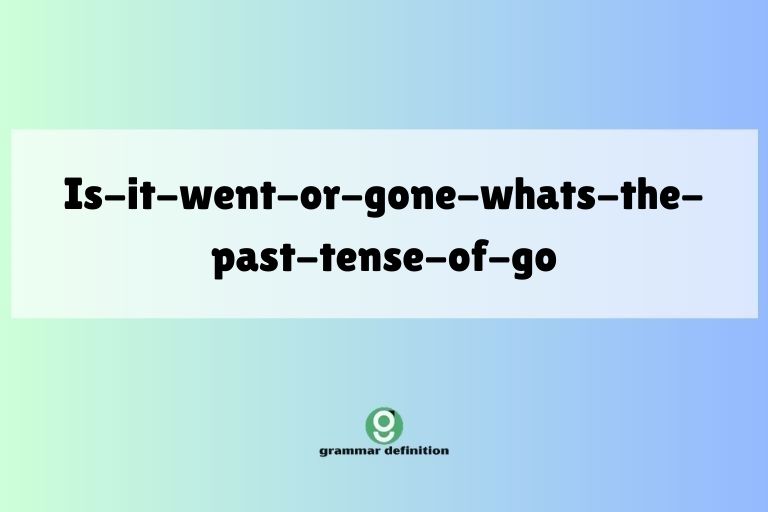Mastering Possessive Pronouns: Definition, Usage, and Examples
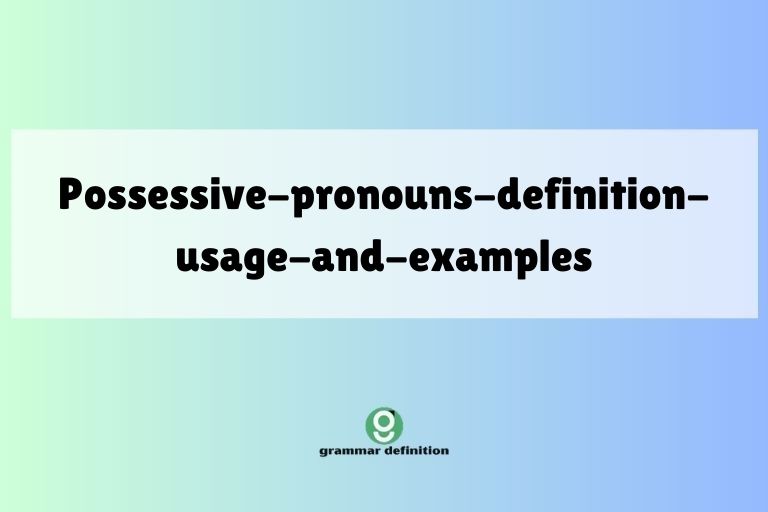
Possessive pronouns are essential for indicating ownership and relationships in English. Understanding them allows for clear and concise communication, avoiding awkward phrasing and potential misunderstandings.
This article provides a comprehensive guide to possessive pronouns, covering their definition, structure, types, usage rules, common mistakes, and advanced applications. It is designed for English language learners of all levels, from beginners seeking a foundational understanding to advanced speakers aiming to refine their grammar skills.
By the end of this guide, you will be able to confidently use possessive pronouns in your writing and speech, enhancing the clarity and accuracy of your English.
Table of Contents
- Definition of Possessive Pronouns
- Structural Breakdown
- Types of Possessive Pronouns
- Examples of Possessive Pronouns
- Usage Rules for Possessive Pronouns
- Common Mistakes with Possessive Pronouns
- Practice Exercises
- Advanced Topics
- Frequently Asked Questions
- Conclusion
Definition of Possessive Pronouns
A possessive pronoun is a type of pronoun that indicates ownership or possession. Unlike possessive adjectives (e.g., my, your, his), which modify nouns, possessive pronouns stand alone and replace the noun phrase. They show who or what owns something without needing to repeat the noun. For example, instead of saying “That book is my book,” you can say “That book is mine.” Possessive pronouns are crucial for avoiding redundancy and making sentences more concise and fluent.
Possessive pronouns are classified as closed-class words, meaning they belong to a small, fixed set of words. They function as nouns in sentences, taking the place of noun phrases. This contrasts with possessive adjectives, which are open-class words and function as modifiers. The context in which a possessive pronoun is used determines its specific meaning and how it relates to other elements in the sentence. Understanding the difference between possessive pronouns and possessive adjectives is fundamental to using them correctly.
Structural Breakdown
Possessive pronouns do not have a complex internal structure, as they are single words. However, understanding their relationship to their antecedent (the noun or pronoun they refer back to) is crucial.
A possessive pronoun must agree in number and gender with its antecedent. For example, if the antecedent is singular and masculine, the appropriate possessive pronoun is “his.” If the antecedent is plural and gender-neutral, the appropriate possessive pronoun is “theirs.”
The structure of a sentence containing a possessive pronoun typically involves the pronoun functioning as either the subject complement (after a linking verb like “is”) or as the object of a verb or preposition. Take the sentence “The car is mine.” Here, “mine” is the subject complement, describing the car.
In the sentence “I found a pen, and it was hers,” “hers” is also a subject complement. The possessive pronoun replaces a noun phrase that would otherwise be redundant.
Recognizing these structural patterns helps in correctly identifying and using possessive pronouns.
Types of Possessive Pronouns
There are seven main possessive pronouns in English. It is important to note that the possessive adjectives and possessive pronouns are distinct forms.
Here’s a breakdown:
List of Possessive Pronouns
- Mine: Refers to something owned by the speaker (e.g., “This is mine”).
- Yours: Refers to something owned by the person being spoken to (e.g., “Is this yours?”).
- His: Refers to something owned by a male person (e.g., “That car is his”).
- Hers: Refers to something owned by a female person (e.g., “The idea was hers”).
- Ours: Refers to something owned by a group including the speaker (e.g., “This house is ours”).
- Theirs: Refers to something owned by a group excluding the speaker (e.g., “The decision was theirs”).
- Its: (less common as a possessive pronoun, often replaced by “of it”) Refers to something owned by a non-human entity or thing. While “its” is a possessive adjective, it’s rarely used as a possessive pronoun on its own (e.g., “The responsibility is its”). More often, you would use “of it” (e.g. “The responsibility is of it”).
Comparison of Possessive Adjectives and Pronouns
It’s crucial to distinguish between possessive adjectives and possessive pronouns. Possessive adjectives modify nouns, while possessive pronouns replace noun phrases.
The table below clarifies the differences:
| Pronoun | Possessive Adjective | Example with Adjective | Example with Pronoun |
|---|---|---|---|
| I | My | This is my book. | This book is mine. |
| You | Your | Is this your car? | Is this car yours? |
| He | His | That is his house. | That house is his. |
| She | Her | This is her pen. | This pen is hers. |
| We | Our | This is our garden. | This garden is ours. |
| They | Their | That is their cat. | That cat is theirs. |
| It | Its | The dog wagged its tail. | The responsibility is of it (less common). |
This table provides a clear comparison, highlighting the difference in function and form between possessive adjectives and possessive pronouns. Use this table as a quick reference when determining which form to use in your sentences.
Examples of Possessive Pronouns
Understanding possessive pronouns requires seeing them in context. The following examples are categorized to illustrate various uses and nuances.
Examples in Simple Sentences
This table provides examples of possessive pronouns used in simple sentences, demonstrating their basic function of indicating ownership.
| Sentence | Explanation |
|---|---|
| This pen is mine. | “Mine” indicates that the pen belongs to the speaker. |
| Is that coffee yours? | “Yours” asks if the coffee belongs to the person being addressed. |
| The victory was his. | “His” indicates that the victory belonged to a male person. |
| The idea was hers. | “Hers” indicates that the idea belonged to a female person. |
| The house is ours now. | “Ours” indicates that the house belongs to a group including the speaker. |
| The decision is theirs to make. | “Theirs” indicates that the decision belongs to a group excluding the speaker. |
| The fault is of it. | “Of it” indicates that the fault belongs to a non-human entity (less common). |
| Mine is the blue one. | “Mine” refers to the speaker’s possession, the blue one. |
| Yours is on the table. | “Yours” refers to the possession of the person being addressed. |
| His is the fastest car. | “His” refers to the possession of a male person. |
| Hers is the most creative design. | “Hers” refers to the possession of a female person. |
| Ours is the biggest garden. | “Ours” refers to the possession of a group including the speaker. |
| Theirs is the house on the corner. | “Theirs” refers to the possession of a group excluding the speaker. |
| This responsibility is of it to bear. | “Of it” indicates the responsibility belongs to something inanimate (less common). |
| The choice is mine to make. | “Mine” signifies the speaker’s right to choose. |
| The opportunity is yours to seize. | “Yours” indicates the addressee has the opportunity. |
| The credit is his for the achievement. | “His” shows the male person deserves the credit. |
| The vision is hers to bring to life. | “Hers” indicates the female person’s vision. |
| The future is ours to create. | “Ours” means the group including the speaker will create the future. |
| The legacy is theirs to leave behind. | “Theirs” shows the legacy belongs to a group excluding the speaker. |
| The consequence is of it to face. | “Of it” indicates an inanimate object will face the consequence (less common). |
| This seat is mine. | “Mine” attributes ownership of the seat to the speaker. |
| Is this umbrella yours? | “Yours” inquires if the umbrella belongs to the person being addressed. |
| The award is his. | “His” shows the award belongs to a male person. |
| The secret is hers to keep. | “Hers” indicates the secret belongs to a female person. |
Examples in Compound Sentences
This table provides examples of possessive pronouns used in compound sentences, showing how they can connect related ideas while indicating ownership.
| Sentence | Explanation |
|---|---|
| I have my own car, but hers is faster. | “Hers” refers to the car belonging to a female person, and the sentence contrasts the two cars. |
| You can use my laptop, or you can use yours. | “Yours” refers to the laptop belonging to the person being addressed, presenting an alternative. |
| We brought our lunch, and they brought theirs. | “Theirs” refers to the lunch belonging to a group excluding the speaker, showing a parallel action. |
| Mine is the one with the red cover, and his is the one with the blue cover. | “Mine” and “his” distinguish between two items based on ownership and characteristics. |
| This project is ours to complete, and that responsibility is of it, though it may not like it. | “Ours” and “of it” show shared and inanimate responsibility, respectively. (Less common) |
| I thought that book was mine, but it turned out to be yours. | “Mine” and “yours” contrast the speaker’s initial belief with the actual ownership. |
| We finished our work early, but theirs took longer. | “Theirs” refers to the work belonging to a group excluding the speaker, highlighting a difference in time. |
| The decision was ultimately mine, but the consequences were of it to bear. | “Mine” and “of it” contrasts human decision-making with inanimate consequences (Less common). |
| I always admired her talent, but his was equally impressive. | “Hers” and “his” compare the talents of two people. |
| Our garden is full of flowers, but theirs is mostly vegetables. | “Ours” and “theirs” contrast the contents of two gardens. |
| You can choose my suggestion, or you can follow yours. | “Yours” refers to the suggestion belonging to the person being addressed, offering a choice. |
| We have our own opinions, and they have theirs. | “Theirs” refers to the opinions belonging to a group excluding the speaker, showing different perspectives. |
| Although the car is old, it is still mine, and I cherish it. | “Mine” affirms the speaker’s ownership despite the car’s age. |
| She thought the idea was hers, but someone else had already proposed it. | “Hers” shows the female person’s belief of ownership. |
| We made our own mistakes, and they learned from theirs. | “Theirs” refers to the mistakes belonging to a group excluding the speaker. |
| I packed my lunch, and she packed hers. | “Hers” refers to the lunch belonging to a female person, showing parallel actions. |
| They built their house on the hill, and we built ours by the lake. | “Theirs” and “ours” contrast the locations of two houses. |
| You can use my tools, or you can purchase yours. | “Yours” refers to the tools belonging to the person being addressed, providing options. |
| This responsibility is ours, and the next one is of it. | “Ours” and “of it” divide responsibilities between a group including the speaker and something inanimate (Less common). |
| We value our traditions, and they value theirs. | “Theirs” refers to the traditions belonging to a group excluding the speaker, showing different values. |
Examples in Complex Sentences
This table provides examples of possessive pronouns used in complex sentences, demonstrating their role in more intricate sentence structures.
| Sentence | Explanation |
|---|---|
| Even though the mistake was mine, everyone suffered the consequences. | “Mine” indicates that the speaker made the mistake, despite the widespread impact. |
| If that book is yours, you should take better care of it. | “Yours” asks if the book belongs to the person being addressed, suggesting responsibility. |
| Because the victory was his, he received all the accolades. | “His” indicates that the victory belonged to a male person, leading to recognition. |
| Although the idea was hers, the team worked together to develop it. | “Hers” indicates that the idea belonged to a female person, but the team collaborated. |
| Since the house is ours, we can decorate it however we like. | “Ours” indicates that the house belongs to a group including the speaker, granting freedom. |
| While the decision is theirs to make, we can still offer our advice. | “Theirs” indicates that the decision belongs to a group excluding the speaker, but advice is welcome. |
| Though the responsibility is of it, there’s little we can do about it. | “Of it” indicates that the responsibility belongs to a non-human entity, limiting action (Less common). |
| Although the car is old, it’s still mine and I love driving it. | “Mine” reaffirms the speaker’s ownership despite the car’s age. |
| If that bag is yours, please keep it with you at all times. | “Yours” requests the person being addressed to take responsibility for their bag. |
| Because the success was his, he was promoted to a higher position. | “His” indicates that a male person achieved success, leading to a promotion. |
| Even though the painting was hers, she donated it to the museum. | “Hers” indicates that the painting belonged to a female person, who then donated it. |
| Since the land is ours, we can build a house on it. | “Ours” indicates ownership of the land, allowing construction. |
| While the choice is theirs to make, we hope they choose wisely. | “Theirs” indicates that a group excluding the speaker has the right to choose. |
| Despite the consequence being of it, we still feel responsible. | “Of it” indicates that the consequence belongs to something inanimate, but human responsibility remains (Less common). |
| Even though this laptop is mine, I allow my family to use it. | “Mine” indicates that the speaker owns the laptop but shares it with family. |
| If that jacket is yours, you should hang it up properly. | “Yours” implies the person being addressed should care for their jacket. |
| Because the award was his, he gave a heartfelt speech. | “His” signifies a male person received an award, leading to a speech. |
| Although the design was hers, she collaborated with other artists. | “Hers” indicates that a female person created the design but worked with others. |
| Since the project is ours, we should all contribute equally. | “Ours” means the project belongs to a group including the speaker, requiring equal contribution. |
| While the decision remains theirs, we can offer suggestions to help them. | “Theirs” affirms the decision-making power of a group excluding the speaker. |
| Even if the fault is of it, we will find a way to fix it. | “Of it” shows something inanimate is at fault, but humans will resolve the issue (Less common). |
Usage Rules for Possessive Pronouns
Using possessive pronouns correctly involves understanding several key rules. These rules ensure clarity and grammatical accuracy in your writing and speech.
- Agreement with Antecedent: Possessive pronouns must agree in number and gender with the noun or pronoun they refer to. For example, “She lost her book; the book is hers.”
- No Apostrophe: Possessive pronouns do not use apostrophes. This is a common mistake, especially with its and it’s. Its is a possessive adjective, while it’s is a contraction of it is or it has.
- Function as Nouns: Possessive pronouns function as nouns in a sentence. They can be subjects, objects, or subject complements.
- Avoid Redundancy: Use possessive pronouns to avoid repeating nouns. For example, instead of “This is my car, and that is your car,” say “This is my car, and that is yours.”
- Clarity: Ensure the antecedent of the possessive pronoun is clear. If there is any ambiguity, rephrase the sentence to avoid confusion.
Common Mistakes with Possessive Pronouns
Several common mistakes can occur when using possessive pronouns. Recognizing and avoiding these errors will improve your English grammar.
| Incorrect | Correct | Explanation |
|---|---|---|
| The book is her’s. | The book is hers. | Possessive pronouns do not use apostrophes. |
| Its a beautiful day. | It’s a beautiful day. | “Its” is a possessive adjective; “it’s” is a contraction of “it is.” |
| The house is our’s. | The house is ours. | Possessive pronouns do not use apostrophes. |
| This is my and John’s idea; it is mine. | This is my and John’s idea; it is ours. | “Ours” is correct because the idea belongs to both the speaker and John. |
| The cats are playing with it’s toy. | The cats are playing with their toy. | “Its” is incorrect in this context, the correct word is “their” because it is plural. |
| That is their’s car. | That is their car. / That car is theirs. | Possessive pronouns do not use apostrophes. If you want to use a pronoun, replace “their car” with “theirs.” |
| The decision is mine’s. | The decision is mine. | Possessive pronouns do not require an additional ‘s’. |
| The cat licked it’s paw. | The cat licked its paw. | “Its” is the possessive adjective; “it’s” means “it is” or “it has.” |
| The responsibility of the error is it’s. | The responsibility of the error is of it. | “Its” is incorrect, the correct phrase is “of it” (Less common). |
| Theirs’ is the best solution. | Theirs is the best solution. | Possessive pronouns do not take an apostrophe. |
| Your’s is on the table. | Yours is on the table. | Possessive pronouns do not take an apostrophe. |
| His’ is a great idea. | His is a great idea. | Possessive pronouns do not take an apostrophe. |
| Ours’ is the best team. | Ours is the best team. | Possessive pronouns do not take an apostrophe. |
| Mine’s is the blue one. | Mine is the blue one. | Possessive pronouns do not take an apostrophe. |
| Hers’ is the most creative. | Hers is the most creative. | Possessive pronouns do not take an apostrophe. |
Practice Exercises
Test your understanding of possessive pronouns with these exercises. Fill in the blanks with the correct possessive pronoun.
Exercise 1: Basic Identification
Instructions: Fill in each blank with the appropriate possessive pronoun.
| Question | Answer |
|---|---|
| This car is not yours; it is _____. | mine |
| Is that umbrella really _____? | yours |
| The victory was rightfully _____. | his |
| The brilliant idea was _____. | hers |
| The beautiful garden is entirely _____. | ours |
| The decision, in the end, was _____. | theirs |
| The burden of responsibility is _____. | of it |
| That seat is _____. Please find another. | mine |
| I believe this misplaced key is _____. | yours |
| The achievement was entirely _____. | his |
Exercise 2: Sentence Completion
Instructions: Complete each sentence using the correct possessive pronoun based on the context.
| Question | Answer |
|---|---|
| I have my own opinion, and this is _____. | mine |
| You have your own way of doing things, and that is _____. | yours |
| He has his own style, and that is uniquely _____. | his |
| She has her own perspective, and that is distinctly _____. | hers |
| We have our own dreams, and these are _____. | ours |
| They have their own challenges, and those are truly _____. | theirs |
| The company has its own policy, and the implementation of that policy is _____. | of it |
| I brought my lunch; did you bring _____? | yours |
| She found her keys, but I can’t find _____. | mine |
| They finished their project, but we still have to complete _____. | ours |
Exercise 3: Error Correction
Instructions: Identify and correct the errors in the following sentences related to possessive pronouns.
| Question | Answer |
|---|---|
| The book is her’s, not mine. | The book is hers, not mine. |
| Its a beautiful day to go outside. | It’s a beautiful day to go outside. |
| The house is our’s now, finally. | The house is ours now, finally. |
| This is my and John’s idea; it is mine’s. | This is my and John’s idea; it is ours. |
| The cat is playing with it’s toy. | The cat is playing with its toy. |
| That is their’s car, not ours. | That is their car./That car is theirs, not ours. |
| The decision is mine’s to make. | The decision is mine to make. |
| The dog wagged it’s tail happily. | The dog wagged its tail happily. |
| The responsibility of the error is it’s. | The responsibility of the error is of it. |
| Theirs’ is the best solution for this problem. | Theirs is the best solution for this problem. |
Advanced Topics
For advanced learners, understanding the nuances of possessive pronouns can further refine your English skills.
- Formal vs. Informal Usage: In formal writing, it’s often preferable to avoid possessive pronouns when a more precise noun phrase can be used. For example, instead of “The decision was theirs,” you might write “The decision was made by the committee.”
- Possessive Pronouns in Subjunctive Mood: In subjunctive constructions, the use of possessive pronouns remains consistent with standard rules. For example, “If the choice were mine, I would choose differently.”
- Ellipsis with Possessive Pronouns: Possessive pronouns can sometimes be omitted in informal speech when the context is clear. For example, instead of “Is this yours?” you might simply say “Yours?”
- Using “Whose” as a Possessive Pronoun: While “whose” is primarily an interrogative pronoun, it can function as a relative pronoun indicating possession. For example, “The book whose cover is torn is mine.”
Frequently Asked Questions
- What is the difference between a possessive pronoun and a possessive adjective?
A possessive adjective modifies a noun (e.g., my book), while a possessive pronoun replaces a noun phrase (e.g., The book is mine). Possessive adjectives always come before the noun they modify, while possessive pronouns stand alone.
- Why do possessive pronouns not use apostrophes?
Possessive pronouns are already possessive in form, so adding an apostrophe would be redundant and grammatically incorrect. The apostrophe is used in contractions (e.g., it’s for it is) and possessive nouns (e.g., John’s car), but not in possessive pronouns.
- Can I use “its” as a possessive pronoun?
While “its” is a possessive adjective, it is rarely used as a possessive pronoun on its own. More often, you would use a phrase like “of it” or rephrase the sentence to avoid the need for a possessive pronoun.
- How do I choose the correct possessive pronoun?
Choose the possessive pronoun that agrees in number and gender with its antecedent. If the antecedent is singular and masculine, use “his.” If it’s plural and gender-neutral, use “theirs,” and so on.
- What if the antecedent is a group of people with mixed genders?
If the group is referred to collectively, use “theirs.” If you need to specify individual ownership within the group, rephrase the sentence to be more precise.
- Is it ever acceptable to omit a possessive pronoun?
In very informal speech, possessive pronouns can sometimes be omitted if the context is extremely clear. However, this is generally not recommended in formal writing or speech.
- How do I avoid ambiguity when using possessive pronouns?
Ensure that the antecedent of the possessive pronoun is clear. If there is any potential for confusion, rephrase the sentence to explicitly state the owner or possessor.
- Can I use possessive pronouns in formal writing?
Yes, but be mindful of clarity and precision. In some cases, a more explicit noun phrase may be preferable to a possessive pronoun in formal contexts.
Conclusion
Mastering possessive pronouns is crucial for effective and clear communication in English. By understanding their definition, types, and usage rules, you can avoid common mistakes and enhance the precision of your writing and speech.
Possessive pronouns are essential for indicating ownership and avoiding redundancy, making your sentences more concise and fluent. Remember to always ensure agreement with the antecedent and to avoid using apostrophes with possessive pronouns.
Continue practicing with possessive pronouns in various contexts to solidify your understanding. Pay attention to how native speakers use them in everyday conversations and written materials.
By consistently applying the principles outlined in this guide, you will become more confident and proficient in using possessive pronouns, ultimately improving your overall English language skills. Happy learning!

